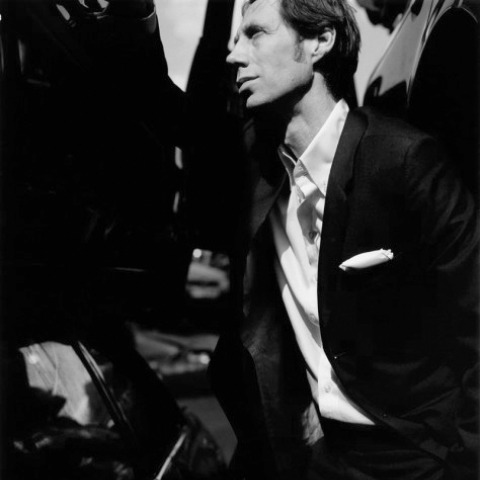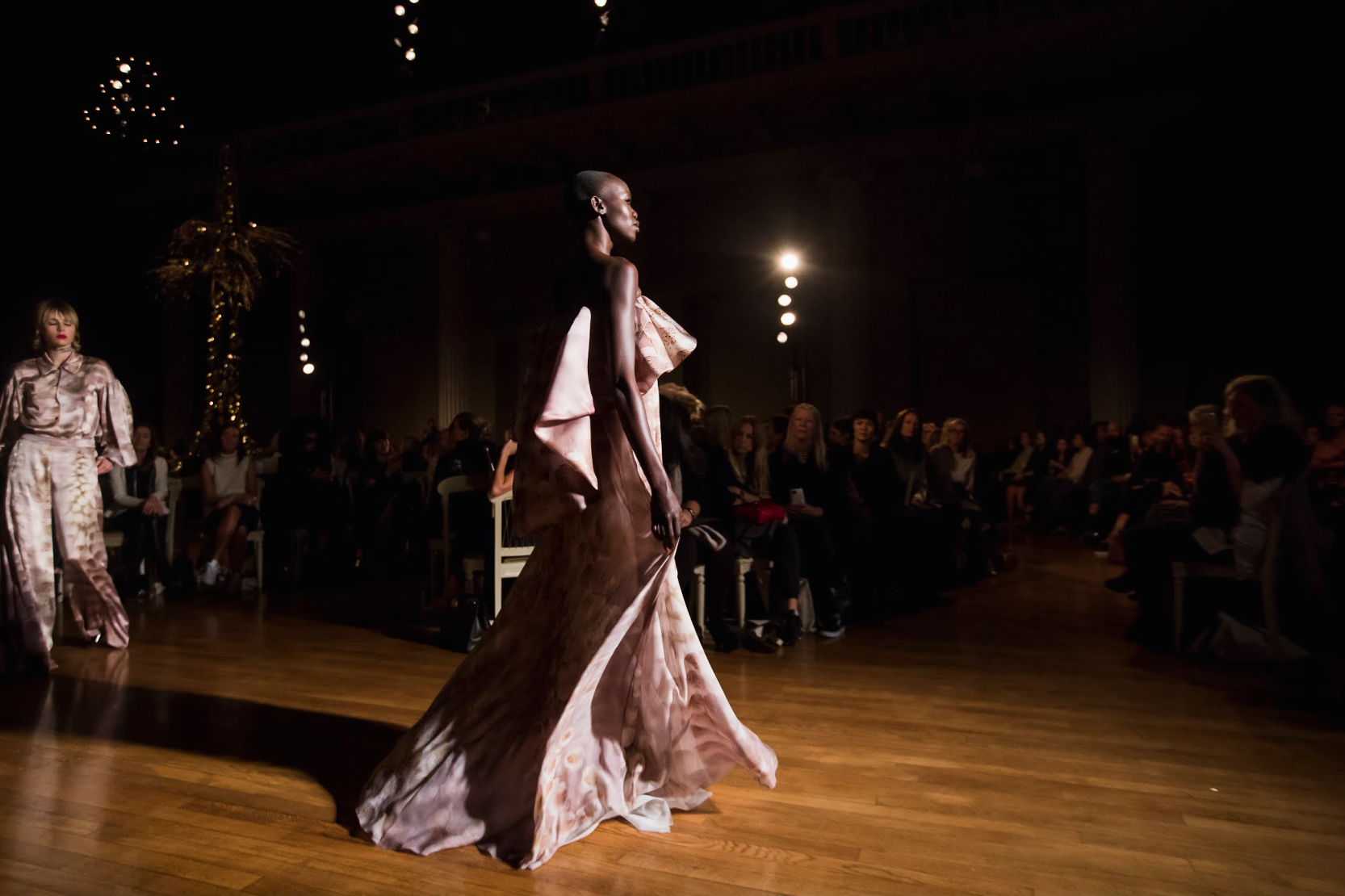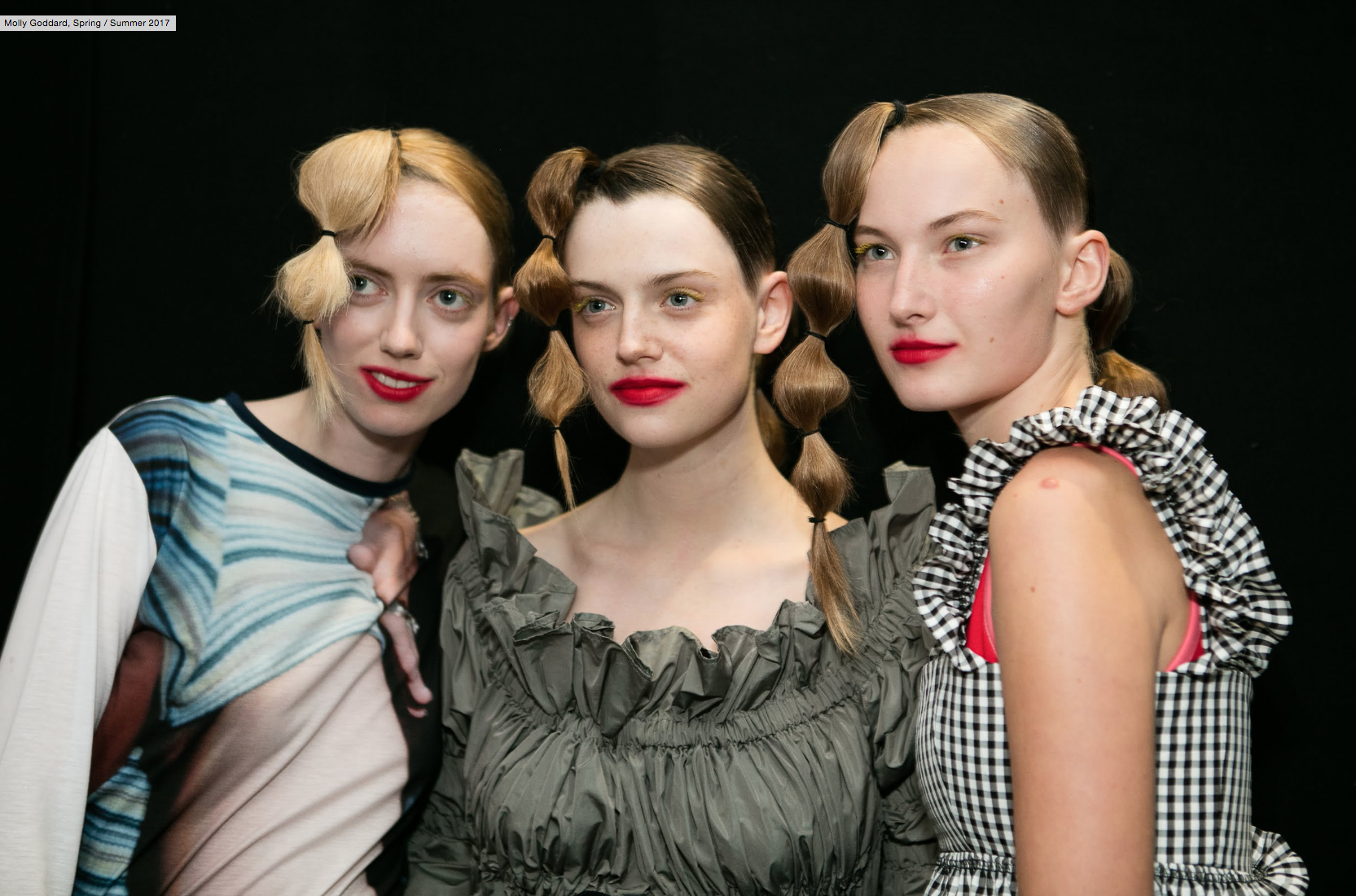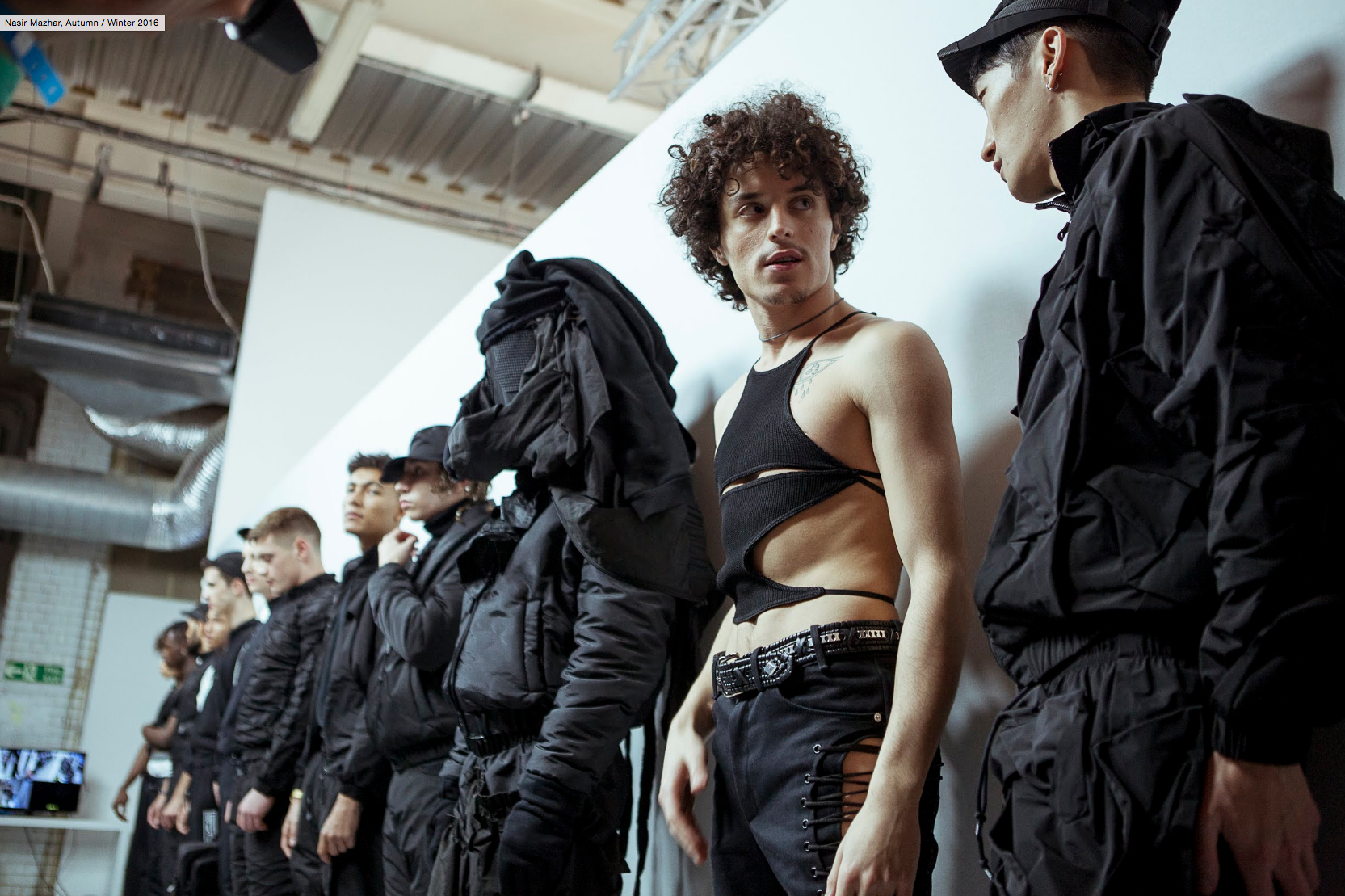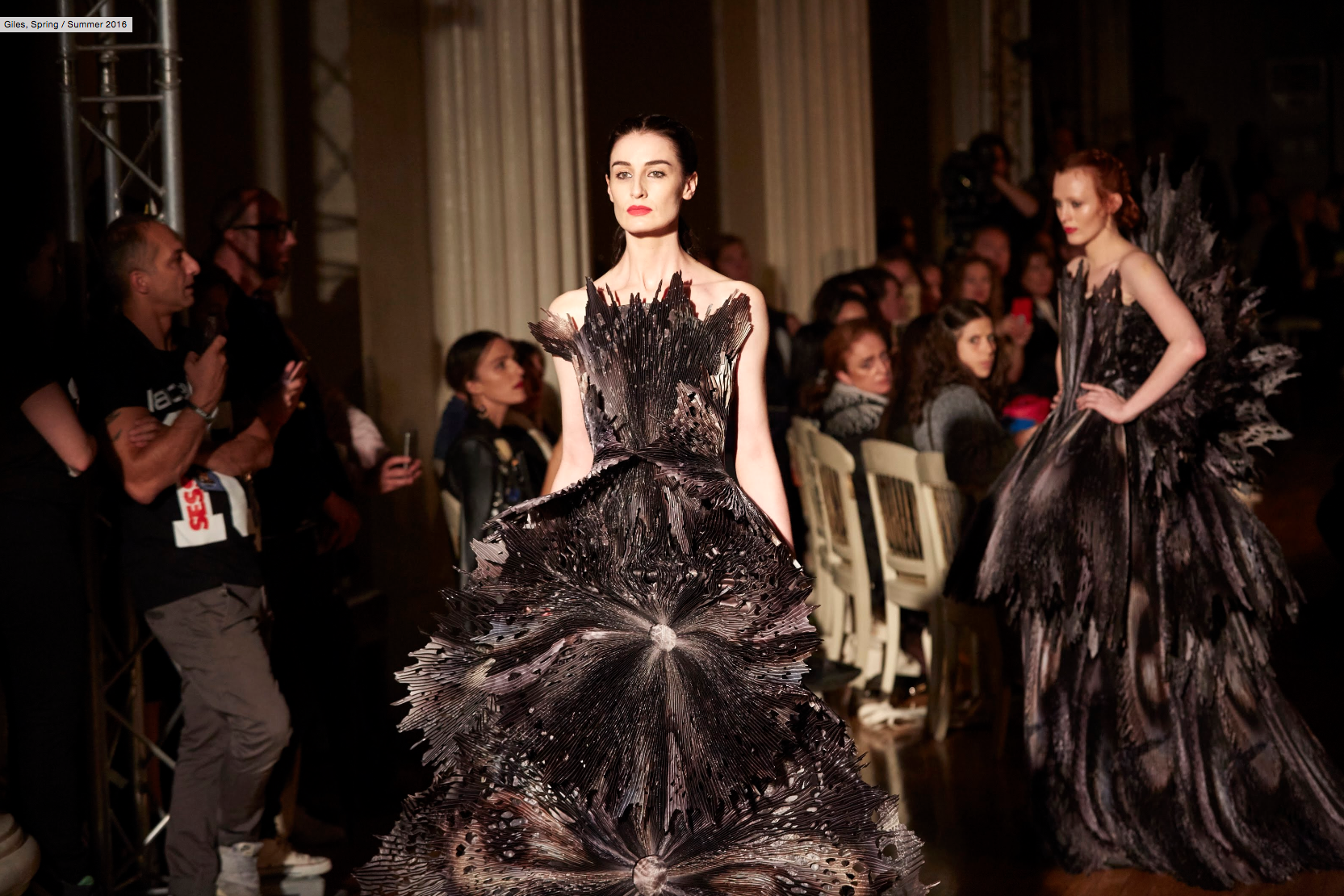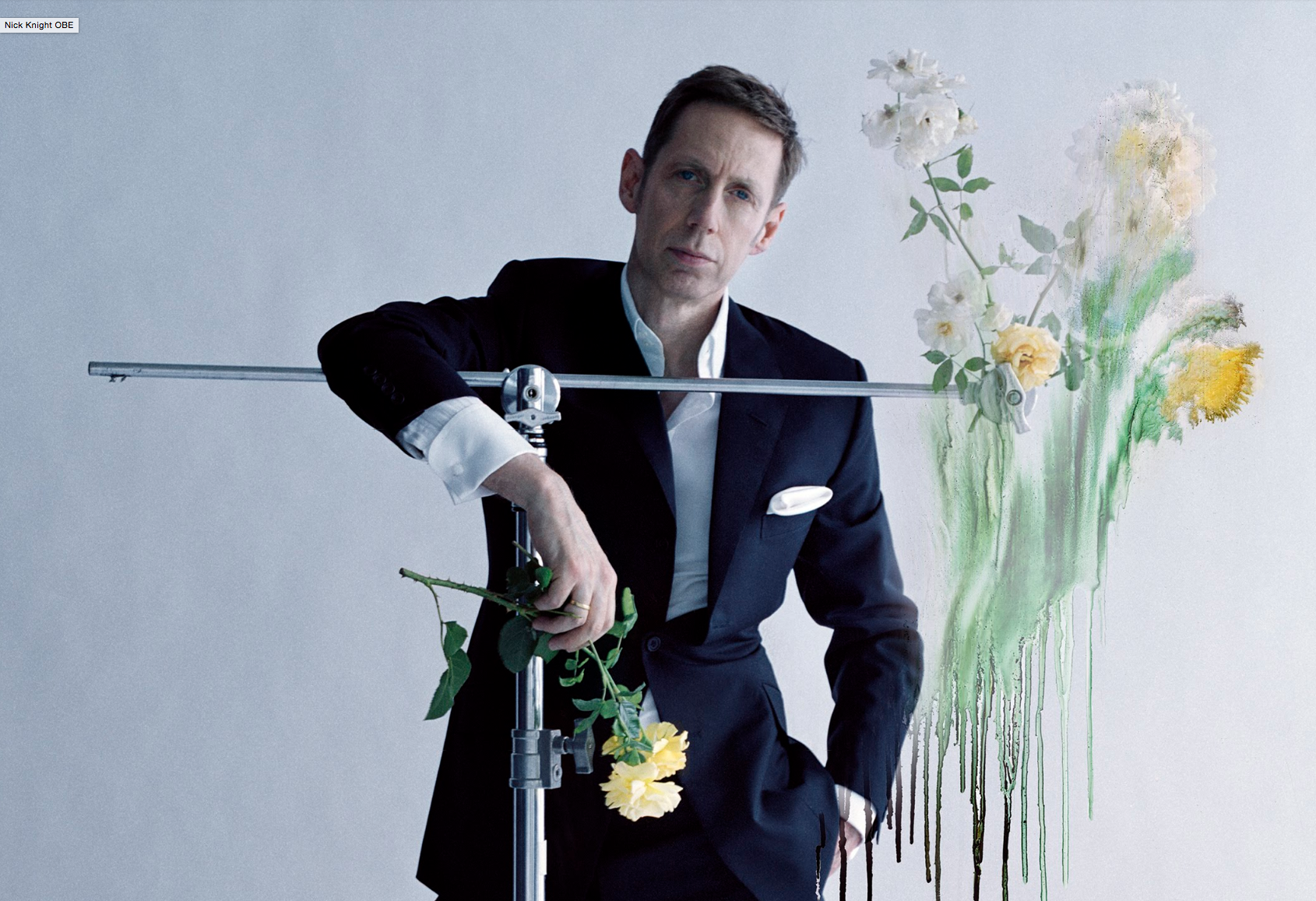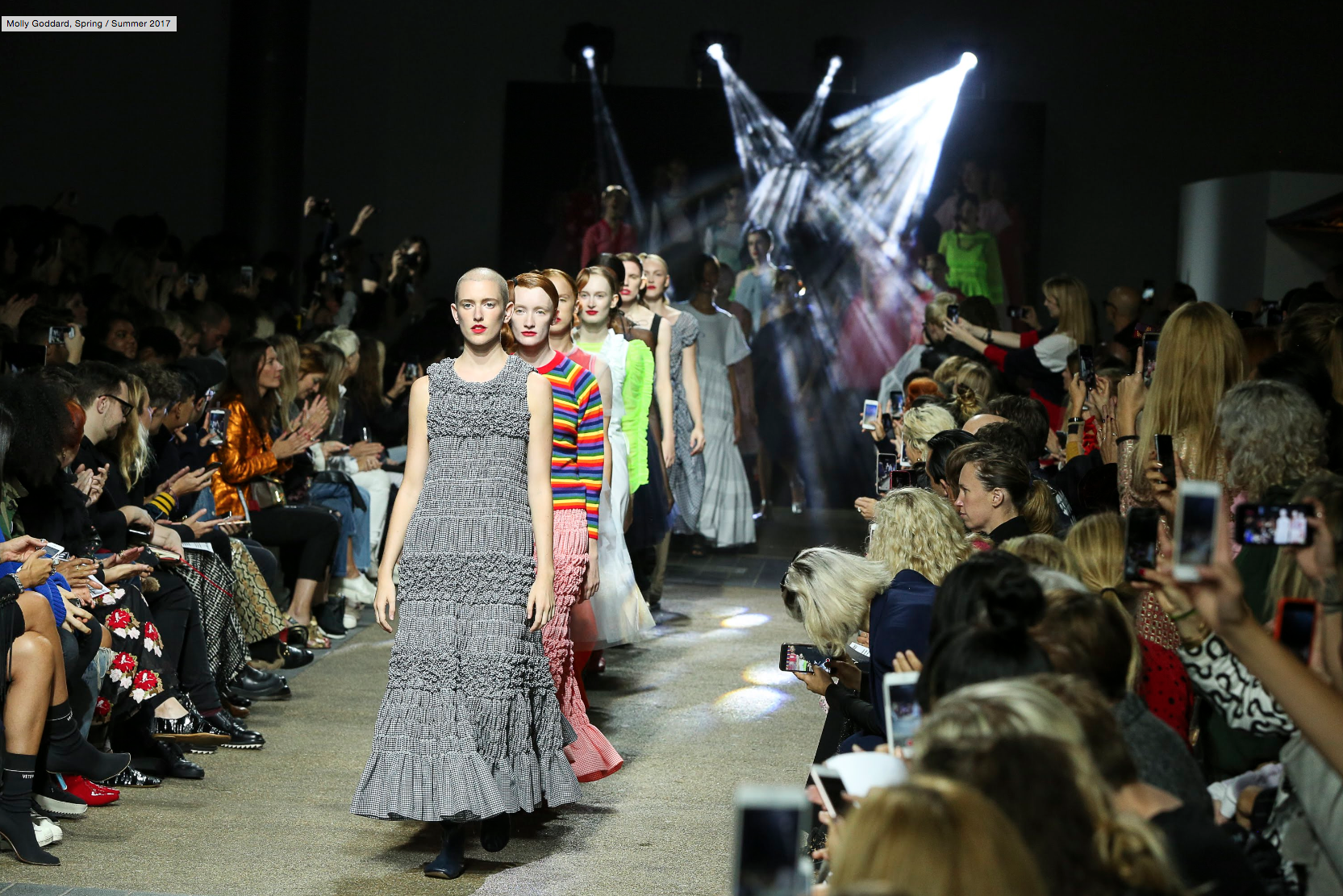Lara Johnson Wheeler: What are the motivations behind making a fashion film?
Nick Knight: Fashion film is a very exciting new medium and seems to be taking over from fashion photography; it's fast becoming the best way of expressing fashion today. The best way to express a garment is to watch it in motion, the way it was designed to be seen.
L: It’s becoming obvious that media outlets and retailers are increasingly using and creating fashion film. How do you feel about the growth of fashion film as a medium?
N: I think that’s natural, that’s what I thought would happen. We founded SHOWstudio in 2000 because I sensed the obvious need for a new way of communicating fashion for the internet and for the internet generation. The internet has replaced magazines and newspapers as the platform through which we experience imagery and we needed to communicate fashion in a way that is appreciative of this. Fashion film has become that medium.
L: Tell me a little bit about the inspirations and influences behind the fashion film you’re making currently for the The Fashion Awards 2016.
N: I wanted it to reflect the clothes and the people in fashion that are exciting but often get overlooked, and I wanted to make fashion film that feels contemporary. First and foremost, I thought it important to have a very modern looking cast. We live in a very multi-ethnic society in London, which is what makes London great. I wanted that reflected in the film, I wanted it to look like the world as we see it – not white-washed as so much of fashion is. I want to show the beauty of women of colour in this fashion film. I think too often only white girls are shown in fashion. I think you convince people by showing them that there is a better way, so by showing the beauty and strength of these women of colour, it’s the best way to convince people that it should be an ethnically diverse fashion world.
L: How did you choose the models for this fashion film? What is your process when casting models?
N: I tend to find more and more compelling people through Instagram. The process of casting models is very different to how it used to be. Before, modeling agencies would recommend girls or you’d hear about girls through them. Now I find Instagram a very exciting way of casting models. Partly because you know more about them when you meet and photograph them. You have some context and you’re not just photographing a blank canvas, sometimes you’re photographing someone who you know about their music tastes, where they come from, their likes, their loves and all that I think just makes for a better picture. So this film features a mixture of models; those recommended by casting agencies as well as girls I discovered through social media.
L: How do you come across these models on Instagram? Who are some of the favourites you’ve found?
N: I often find people by looking at other people who I follow and therefore have similar tastes and like the same things I am interested in - I look at who they follow. Slick, who goes by @slickwoods, is one of the girls in the film and was recommended to me by a model I photograph a lot, Demi Scott. Demi goes by the name of @girlchildd on Instagram, which is incidentally where I found her too.
L: Do you intend to make a similar statement with your choices of designers featured in the film?
N: We combined two sorts of fashion, both of which are rather badly named. We used a combination of what’s referred to as ‘sportswear’ together with what’s widely considered 'high fashion'. Both those terms are very misleading but we mixed together the established brands like Givenchy and Giles Deacon with people like Nasir Mazhar and Hood By Air, crossing those different parts of the fashion spectrum. I also ensured that we included new brands like Matthew Williams’ ALYX, who in fact are blurring these lines between the definitions of 'sportswear’ and 'high fashion'. The eclecticism of Charlotte Stockdale’s styling for the shoot was really exciting.
L: Are these the labels who are currently exciting you in fashion?
N: Yes, I like to ensure I work with those who excite me. ALYX falls into that category definitely. I think what Matthew Williams has been doing for the last four seasons has been incredible. I’m very excited by Kanye’s Yeezy range and all that he is trying to accomplish through the development of that label. I’m very excited by a young Russian designer called Sergiy Grechyshkin, whom I recently shot on another model I found on Instagram, Caitin Stickels. He works with geometric shapes and pulled mesh - he’s a really exciting graduate designer. Molly Goddard, I always like what Molly Goddard is doing and the way her mesh, oversized dresses fall around the girl. There are plenty of exciting designers globally and I wanted this fashion film to reflect that. You can see this in the choices, I made that I’m positioning people like Gary Aspden and his Spezial range at Adidas and denim doyenne Faustine Steinmetz next to brands who are long-established and still creating beautiful contemporary clothing - for example Lanvin’s current collection and Demna Gvasalia’s Balenciaga. We’ve used an incredibly wide range of looks.
L: How do you envision the future of fashion film unfolding?
N: Fashion film still needs to define itself and create its boundaries. It’s still uncertain whether it should be a 15-second clip on Instagram or a 10-minute film.
I think it has to also source more of its languages from fashion photography, rather than the world of film. Fashion film isn’t like ordinary film, and shouldn’t look to those references; it should be more akin to fashion photography. Fashion film is just moving fashion photography, it’s garments in movement. The medium is non-narrative. Whereas film has narrative, a fashion photograph doesn’t have to narrate. I personally think that fashion film needs to look at itself as a different thing from regular film, or conventional film. Remove the narratives and use the codes of fashion photography - you need to be using models not actors, you need to be able to have people that can move to express the clothes to their fullest, rather than just dancing.
I’m excited by the increase of people making fashion film, exhibited by the global reach of our Fashion Film Submissions on SHOWstudio and the success of our first Fashion Film Awards last January.
L: Who are the young image-makers or fashion filmmakers that you’re particularly interested in?
N: Rei Nadal, who co-directed the fashion film Girly with me, is one of the brightest hopes in fashion film right now. She is super young and just starting out, but Rei is probably the most exciting fashion filmmaker right now. We see an overwhelming number of fashion filmmakers submitting to SHOWstudio every week and we’re launching two new fashion films from these submissions every week. There are many fashion filmmakers out there, but seeing one fashion filmmaker and seeing how they work over the course of a year is quite different.
The winner of the SHOWstudio Fashion Film Awards not only got the chance to make a funded fashion film and to get a camera but they also get the tutorage from myself and from SHOWstudio. Maksim Bashkaev from OUTLAW, Moscow, was the last winner of the SFFA – his new film features on SHOWstudio.
L: What advice would you give an aspiring fashion filmmaker?
N: To realise it’s a new medium. To realise it’s built using the visual codes and language of fashion photography. To be brave. To trust and believe in their vision. This is the future of fashion, it’s all there to be defined!
